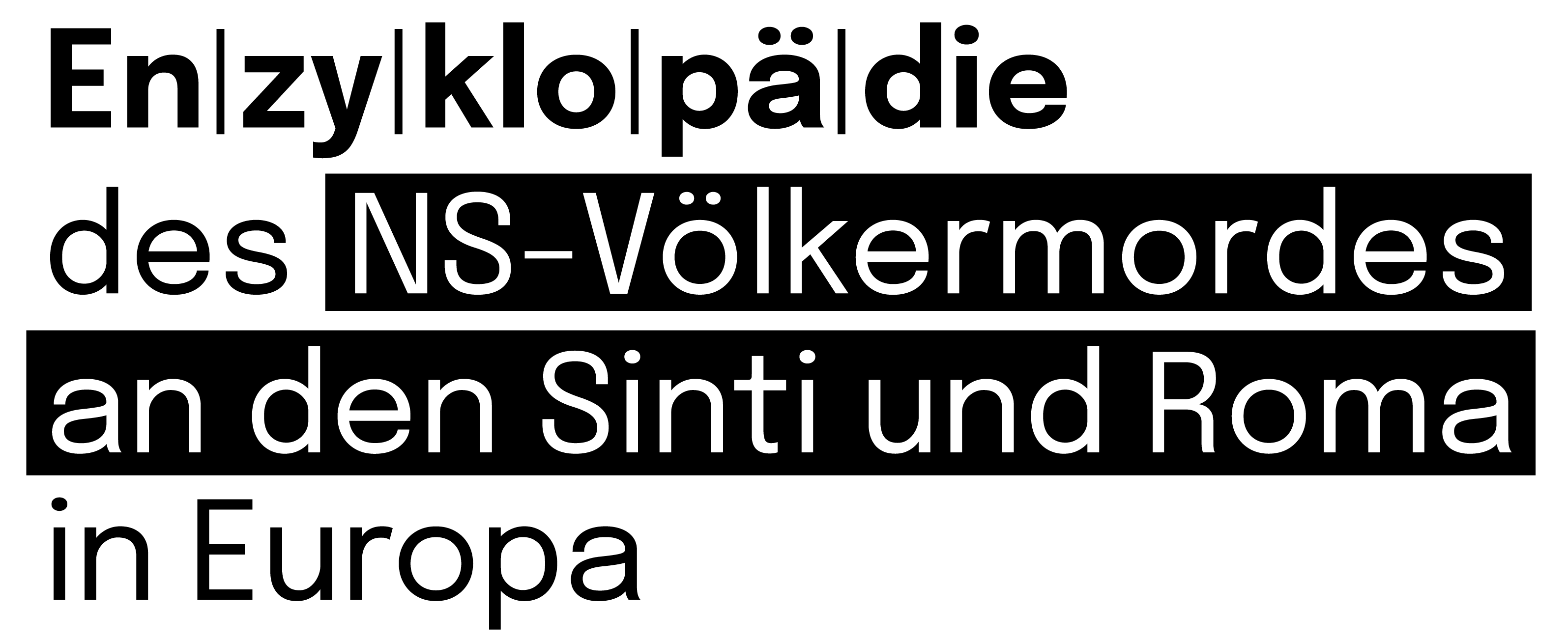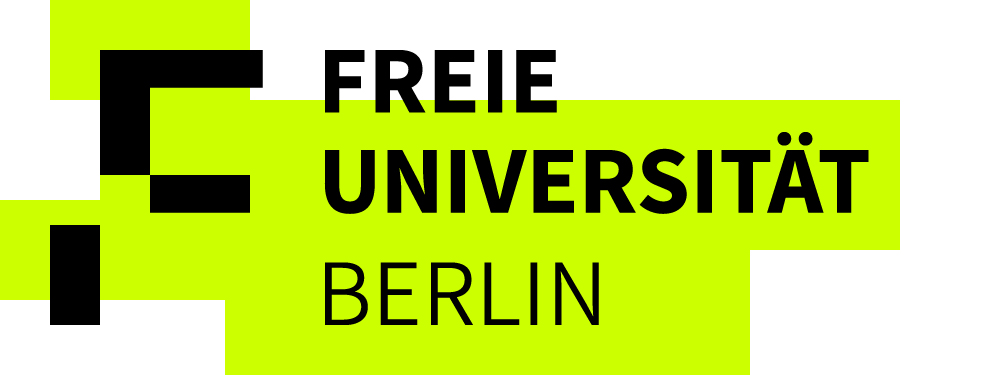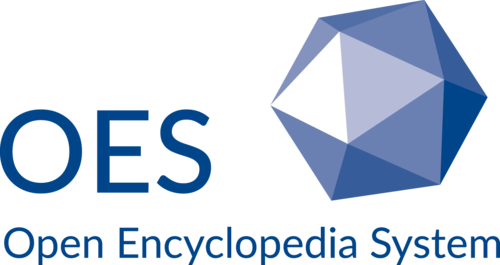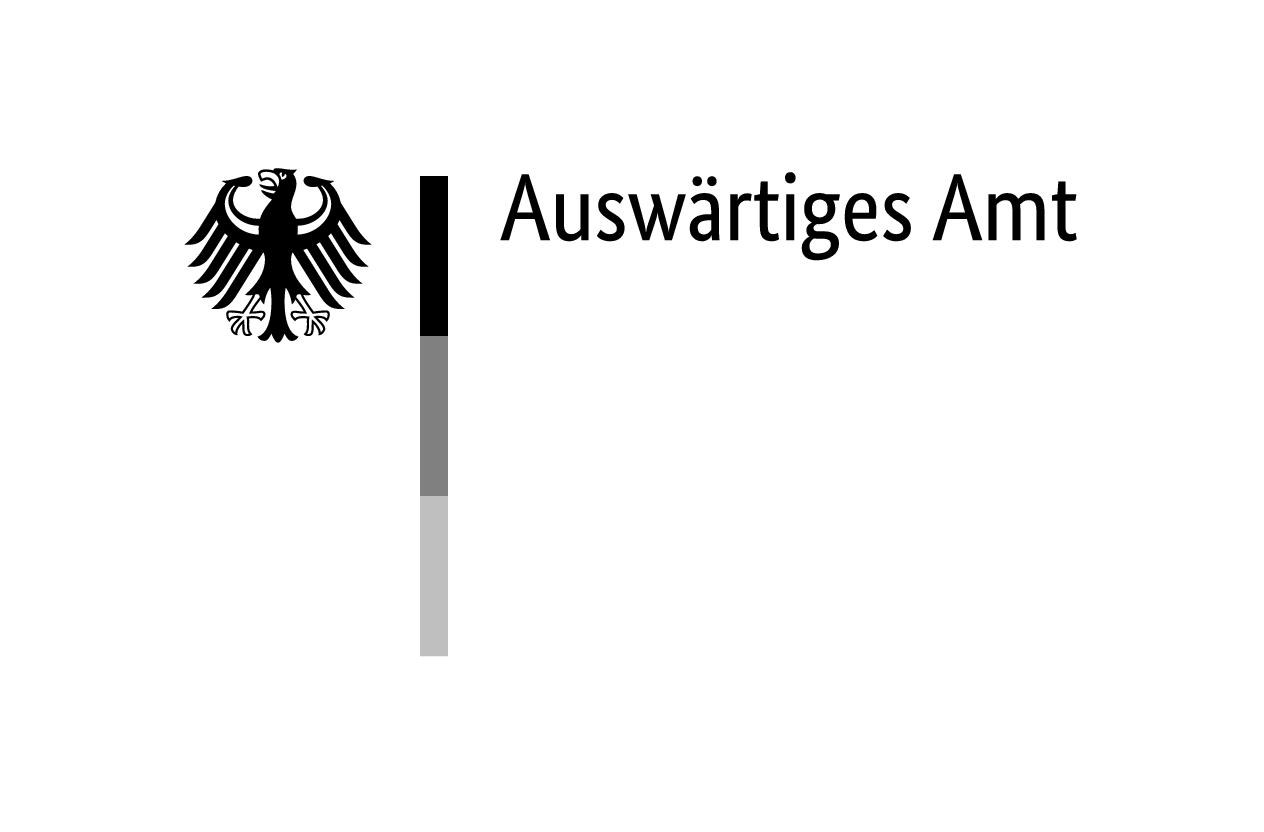Milka Goman was born on 5 July 1920 in Čukovec (Ludbreg), Croatia. She grew up in a large family whose members had the surnames Goman or Bogdan and who came from the Varaždin region in north-eastern Croatia. From the end of the 1920s, they emigrated to Italy, where some of the heads of the family tried in vain to obtain Italian citizenship. Several circular decrees issued by the Fascist government forbade ‘foreign Gypsies’ from entering Italian territory, effectively denying them access to citizenship.
Internment in Bojano and Agnone
Towards the end of the 1930s, some members of the families managed to obtain forged documents that identified them as Italian citizens. Some bought their own homes and settled in various provinces in northern and central Italy, while others continued to practise itinerant trades. The latter were arrested in the province of Ferrara on 17 September 1940 and interned as ‘Italian Gypsies’ in the village of Berra near Ferrara. It later transpired that they were Yugoslav citizens, and the other family members living in Italy were also tracked down.
The first to be arrested as Yugoslav citizens were sent to the Bojano concentration camp (campo di concentramento) and were then transferred to the Agnone camp during the summer of 1941. Other relatives, including Milka Goman with her husband Stefan Bogdan (1922–unknown) and their son Giovanni (born 1942), who was only a few months old, were later sent there. Milka Goman’s family had been arrested together with others in their house in San Miniato in the province of Pisa.
Between 1941 and 1943, around 45 members of the Goman and Bogdan families were interned in the Agnone camp. After the war, Milka Goman reported on several occasions how much they had suffered from hunger in the camp and how hard the living conditions were for her and her small child. In the winter of 1942/43, the situation deteriorated even further as a result of the severe economic crisis in Italy.
Difficult Situation from September 1943
From the beginning of August 1943, German troops marched into Italy under the pretext of assisting Italy in repelling the Allied advance. After the armistice was announced (8 September 1943), they occupied the territory not yet conquered by the Allies. Along the Trigno river, which flowed a few kilometres from Agnone, the Germans set about building a line of defence against the Allies.
In this difficult, confused situation, on 6 October 1943 the Germans broke into the San Bernardino monastery, where the concentration camp was located, and released the internees, who then fled into the surrounding area. The battle on the Trigno was particularly fierce and Agnone was liberated by the Allies on 9 and 10 November 1943.
Behind the Front Line
Milka Goman’s family remained behind the front line, as the birth of her second child in February 1944 in Guardiafiera, in the province of Campobasso, testifies. Her third child, a daughter, was born in Macerata, in the Marche region, in 1946. As they had still not acquired Italian citizenship, Milka and Stefan Bogdan applied to register as refugees with the International Refugee Organization (IRO) in 1949 and declared that they did not wish to return to Yugoslavia. It is not known how many years they had to wait for Italian citizenship.
Reappraisal and Testimony
The internment of Sinti and Roma in Italy was concealed for many years after the war, and it was not until 2001 that an essay by Francesco Paolo Tanzj brought the topic to public attention. Unfortunately, his research work had a limited local distribution.
It was only in 2005 that Milka Goman’s experiences were taken up by a group of researchers investigating the precarious housing situation in the suburbs on the outskirts of Rome. Milka Goman was interviewed while living with other families in an ‘illegal settlement’ of five or six caravans in Rome’s Testaccio neighbourhood, from which they were forcibly removed by the police in 2007.
The researchers, who belonged to the Laboratorio Stalker, organised a visit to Milka Goman in Agnone. In 2013, Milka Goman’s grandchildren took part in an event in Agnone at which a memorial plaque was placed on the building that once served as a concentration camp. Milka Goman died on 18 March 2017 in Tuscany.




